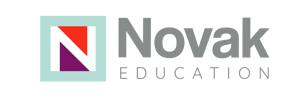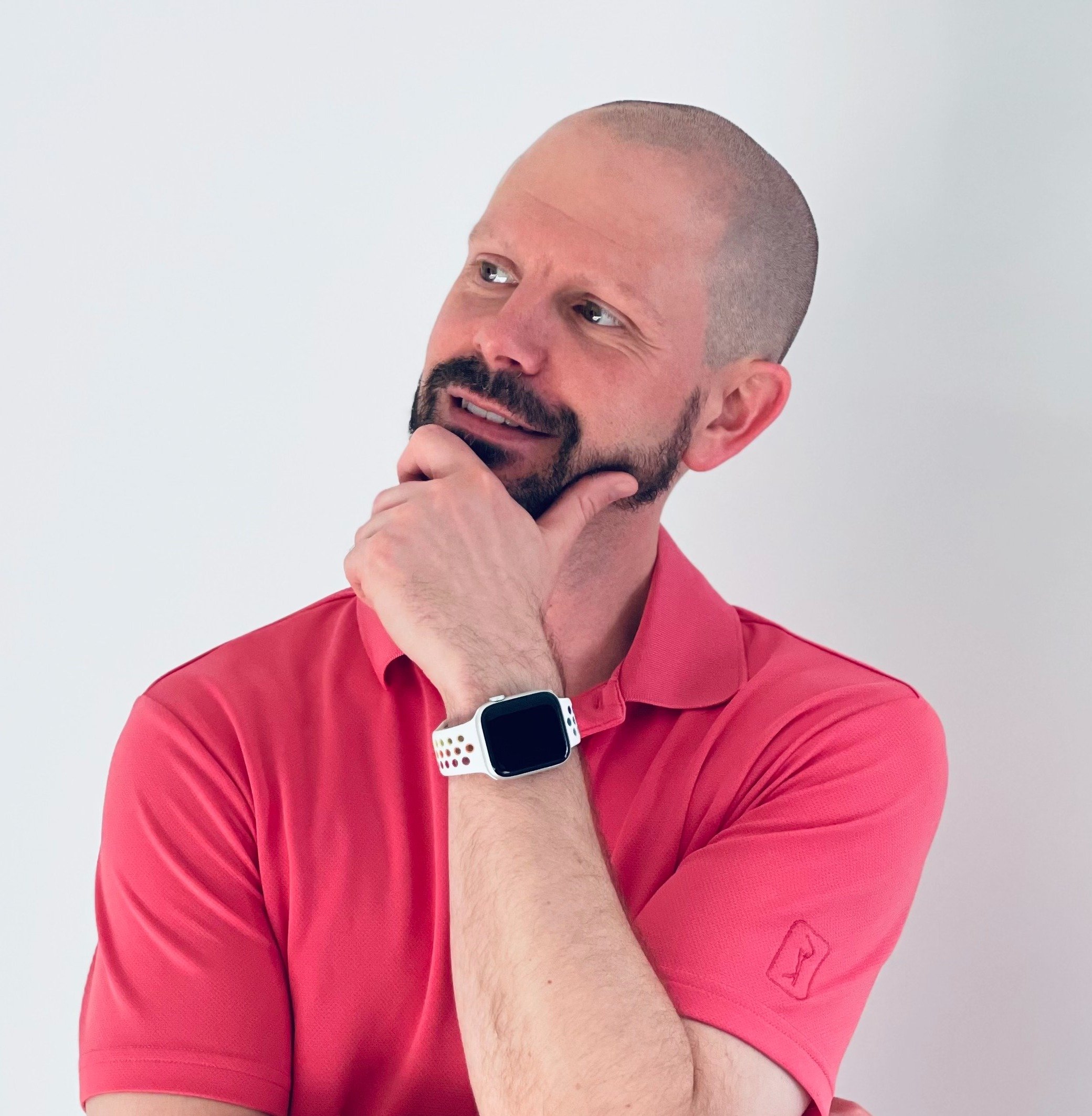As April showers give way to May flowers and Spring Break fades into a distant memory, the season of renewal is in full swing. Many school and district leaders and leadership teams are shifting focus to goal setting and strategic planning for next year – that is, of course, after all the mandatory state testing has come to a conclusion. And, if you are at all like many of the districts I get the pleasure to work with, this process can be overwhelming given the wide range of varied priorities you are facing and wanting to tackle.
District leaders have their state and national mandates plus their own vision and priorities, and of course, so do building principals and individual assistant and associate principals. Many of the goals and priorities overlap with much synergy, and some are more niche, given the nature of one’s role and/or passion projects they bring to the table.
Finding a way to start the strategic goal-setting process can cause an almost paralysis-like state of thinking for those trying to lead this work. How does one honor the mandates, push forth their own goals and vision, and also respect the varied and important priorities of the entire team? Jump in too quickly, and the process can feel top-down and predetermined. But without a clear plan for how to lead the work, you risk one of two (or both) outcomes: nothing gets accomplished, or there are so many competing goals that none gain traction.
Goal-Setting Protocol
To that end, I created this collaborative, impact- and timeline-based protocol that helps leaders at any level lead their teams from ideas to action in collaborative, meaningful, and targeted ways. This protocol is recommend for use by:
- District leaders for system-wide goal setting,
- Principals for building-based goal setting,
- Department chairs/leads for goal setting within their department, or
- Professional learning communities (PLCs)/grade-level teams for curricular and/or team-based goal setting.
Step 0: Important Pre-Process Review
Before diving into the actual collaborative goal-setting protocol and process, it is important to take a quick step back and remind ourselves about the importance of what the Washington Office of Superintendent of Public Instruction (2020) calls “Cascading Systems.” Dr. Katie Novak created the graphic below, which helps us see this concept in action. So, in this pre-process review step 0, anyone who will be at the table for the goal-setting process should review the district’s strategic plan through the lens of their current role and level within the cascading system. This will help all involved ensure that any ideas brought forward during the use of the protocol are grounded in the district/board goals for the district as well as reflecting upon the way those goals interplay within the cascading systems at work.
Step 1: Individual Goal-Setting Reflection and Creation
This first step in the process gives all members of the team the time and space to reflect individually on what they see as the pressing issues of the moment for the team as a whole and for each member based on their roles, as well as a linguistic/conceptual framework to articulate those goals. Those leading this process have a choice to make: ask the team to do this work individually first, or come to the table with space to do it in the meeting/moment. Both can and will work.
The Ask: Use the sentence stem below to create TWO goals per person that align to the district goals. These should be done on individual documents in which others’ work is not shared/seeable yet. Note, color coding is optional!
ABCDE Goal Setting:
By A (when), I would hope to see B (what/action) by C (whom) because then D (who) would be impacted in E (how) ways.
Example #1: By the end of the 2024/2025 school year, I would hope to see lesson planning address barrier removal by our universal design for learning early adopter cohort because then their students would be impacted by having a clearer pathway to deeper learning.
Example #2: By August of 2026, I would hope to see a mindset shift in teachers to demonstrate a belief that all students can and will learn if provided choice and self-reflection, because then all students would be impacted by having greater agency and success.
Step 2: Creating a Calendar/Timeline of “By When”
Now that each individual has created their goals, it is important to see, visually, where the varied goals fall with regard to their “by when” date. This helps the leader(s) visually see how many short-term, mid-term, and long-term goals were created by the individuals.
Be sure to create a shared document or sheet with each month down the left with places for people to physically place their goal. And, as they place their goals, they put their initials and goal number next to them. So, if I were placing goal one, it would be CB#1 (Chris Bronke - CB, Goal number 1 - #1), and goal two would be CB#2 (Chris Bronke - CB, Goal number 2 - #2).
Example: (starting with May of the CURRENT YEAR, as some goals might be to finish out the current year, and of course, your team would have MANY more scattered throughout the various months)
- May 2025
- AT#1: By the end of the 2024/2025 school year, I would hope to see lesson planning address barrier removal by our universal design for learning early adopter cohort because then their students would be impacted by having a clearer pathway to deeper learning.
- June 2025
- July 2025
- August 2025
- September 2025
- October 2025
- November 2025
- December 2025
- January 2026
- February 2026
- March 2026
- April 2026
- May 2026
- June 2026
- July 2026
- August 2026
- CB#2: By August of 2026, I would hope to see a mindset shift in teachers to demonstrate a belief that all students can and will learn if provided choice and self-reflection, because then all students would be impacted by having greater agency and success.
Step 3: Presenting, Questioning, and Impact Mapping
Let me precess this by saying, this might sound like a lot for one step, and it is, bear with me, as I promise it’s a rather simple step with TONS of return on investment. As a team, you go in the order that the goals are now situated on the calendar, and each goal-writer reads their goals aloud with NO explanation or defense. JUST READ THE GOAL. But before this process begins, all team members need to be made aware of their listening task as each goal is shared: to decide on what they think are the top three most important goals they heard, and NONE of them can be their own. So, as people present, everyone else should be taking their notes so that they can decide on their top three choices by the end. The presentation of the goal is pretty straightforward.
After each goal is read, two things happen.
1st action: The rest of the team gets the chance to ask questions of two types:
- Clarifying Questions
- These can and should be answered by the presenter/goal-setter
- Probing Questions:
- These should NOT be discussed nor answered by anyone at the table
- These should be recorded below that specific goal.
- Facilitator MUST step in if discussion occurs and/or probing questions begin to be answered
An example of probing questions that someone may write down in response to my goal #2 that I read aloud could be:
- How will we measure a shift in mindset?
- How are we defining agency and success?
2nd action: The presenter now graphs their goal on an impact vs. influence graph.
This should be done on a large whiteboard or some sort of big graph paper - in a way that all can see it easily. This is an X and Y axis graph in which the X axis indicates the impact of the goal. That is to say, the number of people impacted by the goal. Then, the Y axis indicates the goal-setter's specific influence over making that goal become a reality.
For example, let's look at both goals from step two.
AT#1: By the end of the 2024/2025 school year, I would hope to see lesson planning address barrier removal by our universal design for learning early adopter cohort because then their students would be impacted by having a clearer pathway to deeper learning.
This impact is rather small on the scale of an entire school as it only impacts a finite number of teachers and, therefore, a smaller number of students. However, “AT” as the goal setter is the Assistant Principal for Instruction, and so, her influence over this goal is pretty strong as she is the one leading the early adopter group.
CB#2: By August of 2026, I would hope to see a mindset shift in teachers to demonstrate a belief that all students can and will learn if provided choice and self-reflection, because then all students would be impacted by having greater agency and success.
This impact is far more widespread than the first goal as it involves all teachers and, therefore, in theory, all students. However, CB works as an instructional coach, so his influence over this goal is much smaller given his role.
At the end of the process, teams will end up with something such as the x and y graph below.
Image Source: Impact mapping at work thanks to Southwest Junior High’s (Springdale, AR) Leadership Team
Step 4: “Scoring” the Goals
Perhaps the easiest step of this process, at this point, the team just goes goal by goal to tally how many people had each goal rated in their top three. There is no discussion or anything else. Just read the initial and number (example, “EC #2”), and if anyone had that in their top three, they raise their hand. Someone counts and records the total next to each goal on the calendar matrix.
Step 5: Prioritizing and Finalizing Goals
Based on the total number of “votes” for each goal in step four, the team now needs to decide on the total number of goals they want to attack, but they have a team-based process to help them decide based on the collaborative value of each goal as decided by this protocol. The team might notice that some goals are similar and can be combined, too, which is not a bad thing. But the point of this process is to decide on which goal(s) the team will set and work towards. There is no magic number, but if we use the science of choice to help drive our thinking, 2-4 choices are the sweet spot, so if we apply that logic here, teams should shoot for 2-4.
Step 6: Using the Probing Questions and Beginning to DO THE WORK
If you have gotten this far, you truly have a fully collaborative set of goals for your team to use moving forward, and now, the work is up to you (and/or I will need to create another protocol for pushing the work forward), but alas, this work needs you to be the owners. Just remember to revisit the list of probing questions that were posed for each goal during the presentation stage, as that could/will give you your next step: answering those questions.
And with that, I wish you the best of luck. Remember, there is no magic formula or wand in any of this work nor is any one protocol THE PERFECT protocol for all teams or even any team. So, make this your own. Consider the scope of your team, the size of your team, the scale of your team, and the time your team has together, and use this protocol in ways that work for you. You can also set up time to collaborate and work with me one-on-one or in a group session to bring this plan to life!
More than anything, remember this: PROGRESS OVER PERFECTION. If/when we wait for the perfect time and set of conditions to do the good work, we will never start. So, more than anything, just get the work going; after all, that, in and of itself, might be the most important goal of all.



